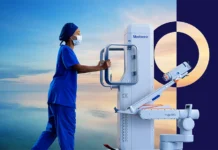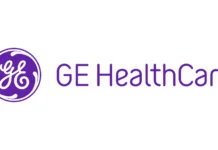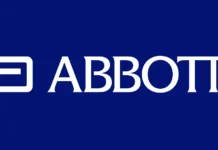Philips helps clinicians increase imaging department efficiency at the european congress of radiology 2009
“By providing imaging departments with detailed usage information we’re enabling them to become more time efficient, potentially resulting in better patient care and the ability to serve more patients with the same resources,” said Michiel Manuel, senior vice president and general manager for customer services, Global Sales & Service International, Philips Healthcare. “The data can be particularly valuable when deciding how and when to upgrade or transition to a new system.”
By providing details on how CT and MR scanners are used, it is possible to improve throughput. Philips Utilization Services’ detailed and easy-to-interpret reports are automatically generated and updated daily. Philips Utilization Services can be used to enable hospitals to achieve quality improvements, streamline workflow, increase the number of patients scanned, reduce waiting lists, and optimize their return on investment.
Each usage report is accompanied by a comprehensive guide that explains the data and suggests steps or opportunities for improvement. Each of these ‘Companion Guides’ was developed by experts in the area of departmental workflow and provides insights and suggestions as to how imaging departments can meet their clinical and business objectives. The service is only available on CT and MR devices manufactured by Philips.
Achieva 3.0T TX showcased for the first time in Europe
At the European Congress of Radiology Philips also showcased its new 3.0T MRI scanner for the first time in Europe. The Achieva 3.0T TX enhances image quality, provides up to 40 percent greater scanning speed and helps ensure fewer retakes through increased image uniformity. Capturing the correct information on the first scan in a shorter amount of time delivers more convenience to the patient and increases patient throughput potential for healthcare providers. Additionally the new scanner provides consistent results across a broad range of clinical applications and patient sizes.
In the past, 3.0T imaging has been challenging for certain clinical procedures due to dielectric shading effects and local specific absorption rates (SAR). Philips’ new, proprietary, MultiTransmit technology addresses these issues at the source with multiple RF transmission signals that automatically adapt to each patient’s unique anatomy. As a result, the new Philips MRI scanner delivers superb diagnostic images for even the most demanding high field applications such as breast and liver imaging.
For further information, please visit Philips at the European Congress of Radiology, Booth 102, EXPO A at Austria Centre, Vienna; or on the web at www.philips.com/ECR.
Philips Healthcare
Mark Groves
Tel: +31 653 179 850
Email: mark.groves@philips.com

















